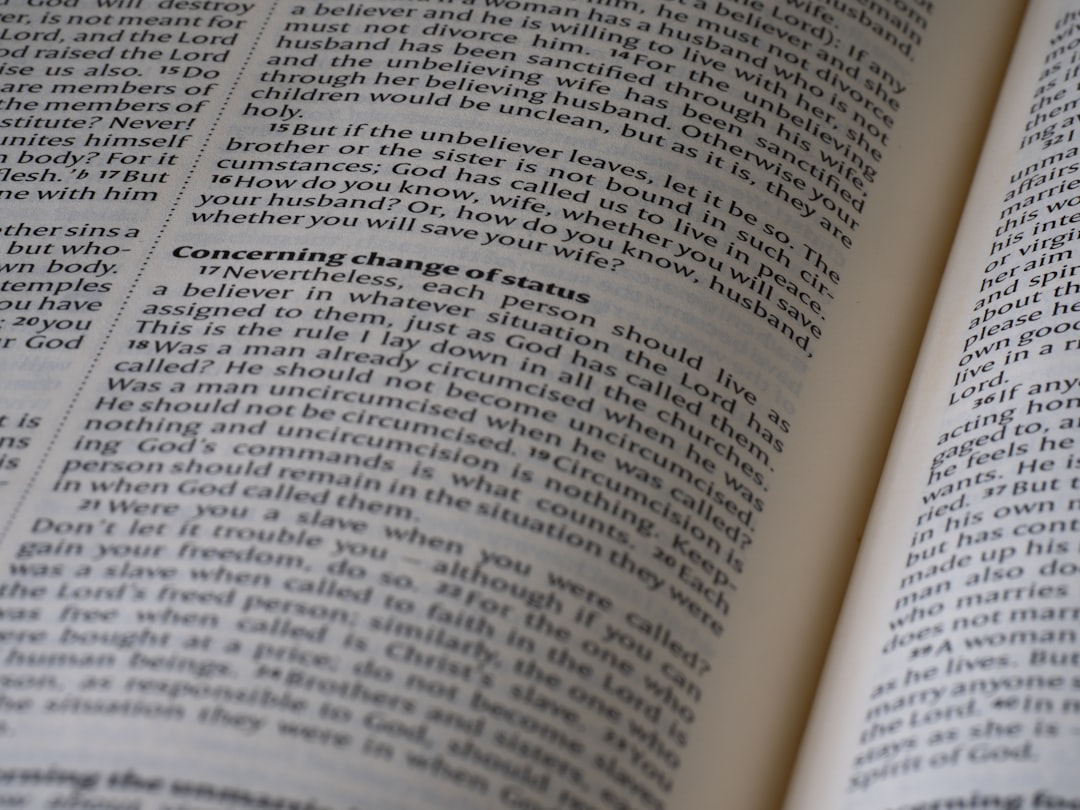Title: Understanding Corruption: Forms, Effects, and Global Perspectives
Introduction
Corruption is a pervasive issue affecting countries, societies, and organizations worldwide. Characterized by the abuse of entrusted power for private gain, corruption undermines democratic institutions, stunts economic progress, and impedes social development. This article delves into the definition, types, causes, effects, and common strategies for combating corruption, supplemented by data and global examples.
What is Corruption?
Corruption generally refers to the misuse of public or private office for personal gain. It may involve bribery, embezzlement, nepotism, fraud, and other illicit activities. Transparency International, a leading anti-corruption organization, defines corruption as “the abuse of entrusted power for private gain.”
Major Forms of Corruption
Corruption manifests in several forms, often overlapping and evolving within different contexts. The following table summarizes some of the chief forms and their typical examples:
| Type of Corruption | Description | Example |
|---|---|---|
| Bribery | Offering or receiving undue reward to influence action | Paying government officials for building permits |
| Embezzlement | Theft or misappropriation of funds or assets | Officials siphoning public funds |
| Nepotism | Favoring relatives or friends in employment/decisions | Appointing family members to public offices |
| Fraud | Deception intended to gain unfair advantage | Manipulating procurement processes |
| Extortion | Forcing someone to give up assets or rights, often via threats | Officials demanding illegal tolls |
| Cronyism | Granting favors to close associates, often in business | Awarding contracts to friends without tenders |
Causes of Corruption
Corruption does not occur in a vacuum. Multiple factors foster its prevalence:
- Weak Institutions: Lack of robust monitoring, judiciary independence, and accountability mechanisms.
- Economic Pressures: Low public sector wages and high poverty rates incentivize corrupt behavior.
- Lack of Transparency: Opaque decision-making processes and lack of information accessibility.
- Cultural Factors: Societal norms may condone or overlook corrupt practices.
- Political Instability: Conflict or frequently changing governments can weaken oversight.
Table: Selected Indicators Correlating with Corruption
| Factor | Low Corruption Countries | High Corruption Countries |
|---|---|---|
| Judicial Independence | Strong | Weak |
| Press Freedom | High | Low |
| Civil Service Salaries | Competitive | Poor |
| Government Transparency | Extensive | Minimal |
Effects of Corruption
Corruption has multi-faceted and far-reaching impacts:
Economic Effects
- Reduced Investment: Investors are wary of engaging in corrupt environments due to unpredictability and risk.
- Misallocation of Resources: Funds are diverted from essential services (healthcare, education) to personal gain.
- Stunted Growth: Corruption undermines fair competition and entrepreneurship.
Social Effects
- Erosion of Trust: Public confidence in institutions deteriorates, leading to apathy and disengagement.
- Inequality: Corruption favors the well-connected, widening the gap between the rich and poor.
- Decreased Quality of Life: Essential services are often underfunded and inefficient.
Political Effects
- Undermined Democracy: Elections and policy decisions can be manipulated through corrupt acts.
- Instability: Prolonged corruption may incite unrest or conflict.
Global Corruption: A Comparative Perspective
Transparency International’s Corruption Perceptions Index (CPI) ranks countries based on perceived levels of public sector corruption. The scores range from 0 (highly corrupt) to 100 (very clean).
Table: Sample Countries' 2023 CPI Scores
| Country | CPI Score (2023) | Global Rank |
|---|---|---|
| Denmark | 90 | 1 |
| New Zealand | 87 | 2 |
| Singapore | 83 | 5 |
| United States | 69 | 24 |
| China | 42 | 66 |
| Nigeria | 24 | 150 |
| Somalia | 12 | 180 |
Combating Corruption: Key Strategies
- Strengthening Institutions: Independent judiciary, effective law enforcement, and accountability agencies are crucial.
- Promoting Transparency: Open government data, free press, and transparent decision-making help expose corruption.
- Raising Public Awareness: Civic education and whistleblower protection encourage reporting and intolerance for corrupt practices.
- International Cooperation: Global agreements like the United Nations Convention against Corruption (UNCAC) facilitate cross-border efforts.
Conclusion
Corruption remains a formidable barrier to development and good governance worldwide. While its roots and manifestations are complex, combating corruption demands coordinated action at all levels—legal, institutional, and societal. Only through strengthened institutions, informed citizens, and global cooperation can corruption be effectively curtailed, thus paving the way for sustainable advancement and justice.
Further Reading and Resources:
